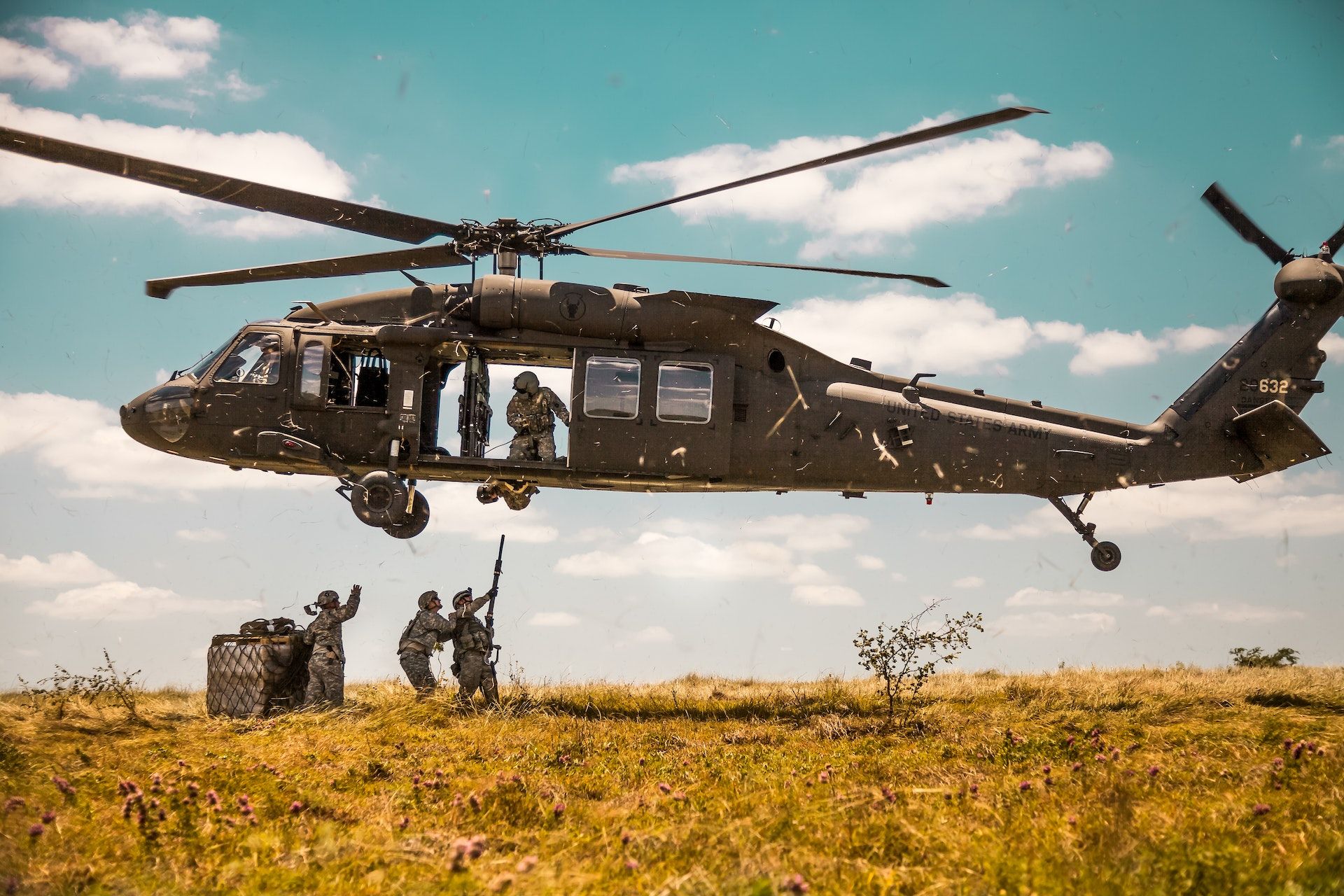Step-by-Step Heavy Duty Cleaning & Descaling For Military Aircraft MRO
A full cleaning & descaling process for military MRO aerospace engine components can involve diverse procedures — which may or may not all be accessible through a single service provider. Heavy-duty cleaning should include steps to address each possible source of contamination or degradation in the parts and refurbish them into optimal working condition. Components may be dealing with:
- Soiling and chemical or biological contamination
- Buildups of grease and fouling
- Scale deposits
- Rust or corrosion
- Degraded paint, coatings, or plating
- Mechanical damage to the surface
It may be some combination (or even all) of the above, depending on the part and what it’s been through in its service life. In any case, your MRO process will usually start with a thorough cleaning.
Here is an example of a series of military aircraft MRO steps that badly fouled parts could go through on their way back into service:
1. Cleaning and Degreasing
Periodic cleaning is necessary to remove unwanted grease or contaminant buildups and keep aerospace engine components in good working order. Regular batch degreasing can also help to prevent corrosion or degradation of the components.
A solvent wipe down could suffice for superficial soiling and degreasing, but aqueous cleaning is more thorough and may be necessary for a heavy-duty clean. Parts are immersed in a bath of a cleaning agent, then rinsed and dried. This can be repeated until there’s no sign of grease, soiling, or contamination.
2. Descaling
Removal of oxide scale and other more serious or hardened buildups and deposits on the surface of metal parts starts with a descaling process. This often means stripping of the scale layer in an acid bath. Abrasive blasting techniques are also possible in certain situations.
3. Coating Removal
Beyond buildups on the surface of the part, it’s also possible that a functional coating or plating on the component’s surface is no longer in good condition. If there is a damaged coating — say, a plasma-sprayed thermal barrier — your MRO process may require you to remove it (and potentially apply a new heavy-duty coating). The method of removal will vary by the type of coating, from a simple solvent bath for paints to more intense acid solutions for other coatings or grit blasting for coatings that can’t be easily chemically removed.
4. Passivation
Passivation is often completed right after cleaning, descaling, and rust or coating removal on stainless steel parts. An initial descaling may even be necessary in military aircraft MRO in order for passivation to be effective.
Once the fresh surface is exposed and clear of unwanted material, these parts must be treated to ensure they have optimal corrosion resistance before returning to the field. Stainless steel is passivated in a chemical bath of nitric or citric acid to remove free iron from the surface. This “passivates” it and creates an inert, anti-corrosion top layer that won’t rust.
5. Re-coating
If necessary, this is the stage of the process where the fully cleaned and restored substrate of the component can be re-coated, re-plated, or otherwise finished for a return to operations. You might, for example, apply a final silver plating on electronic components at this stage.
The right heavy-duty cleaning, descaling, and finishing chemistries will be necessary to get the job done both efficiently and safely. Metal Finishing Technologies LLC has been a certified certificated FAA Repair Station since January 1991. We carry out more than 20 processes that meet strict repair specifications for military MRO companies. Parts we work with include fans and hubs, turbine shafts and vanes, gears, disks, combustors, and more.
Contact our team or request a quote today for expedited quoting, industry-best turn-around times, and the highest quality performance in cleaning & descaling processes for military aircraft MRO!

